The pronunciation of “mate,” by the way, is MAH-Tay. Mate is a tea-like infusion made from the Yerba plant (pronounced Jerba). And it was one of the highlights of my recent trip to Argentina.
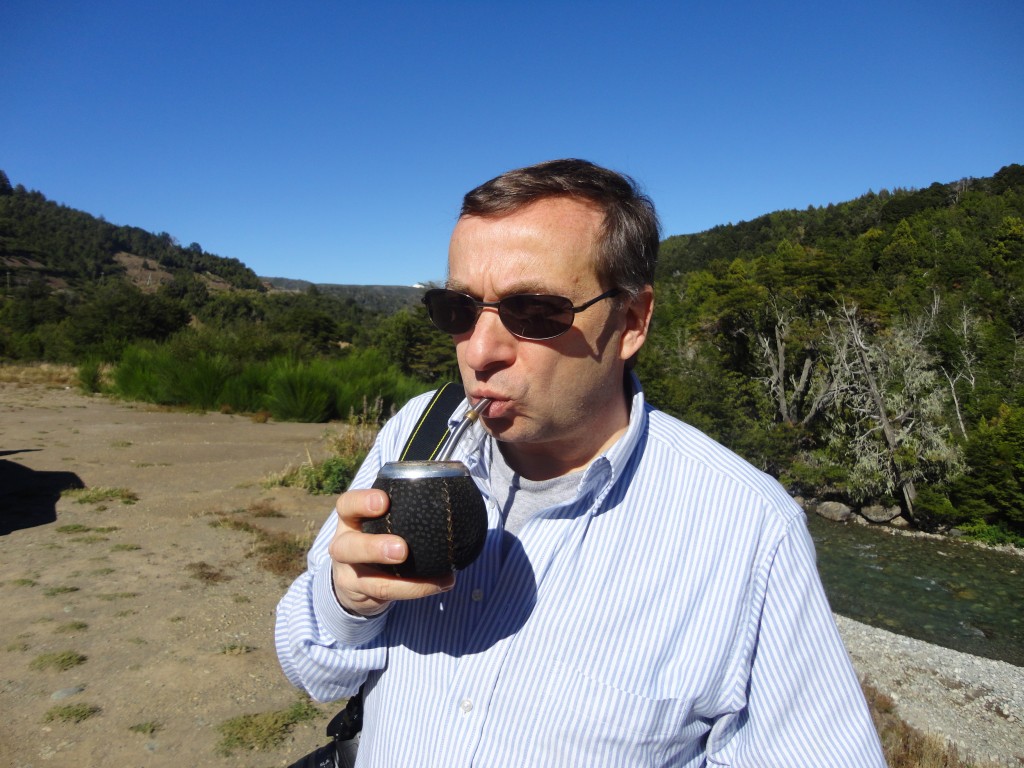
While not as formalized as the Japanese tea ceremony, or as regimented as the British tea time, the drinking of mate is a cultural phenomenon in Argentina and other parts of South America. It exemplifies and strengthens the social bond between friends. Why? Because you share the same cup.
Gourd, actually. The “cup” is actually a hollowed out gourd, often decorated with leather and metal rims or other designs. Everyone also drinks through the same metal straw called a bombilla.
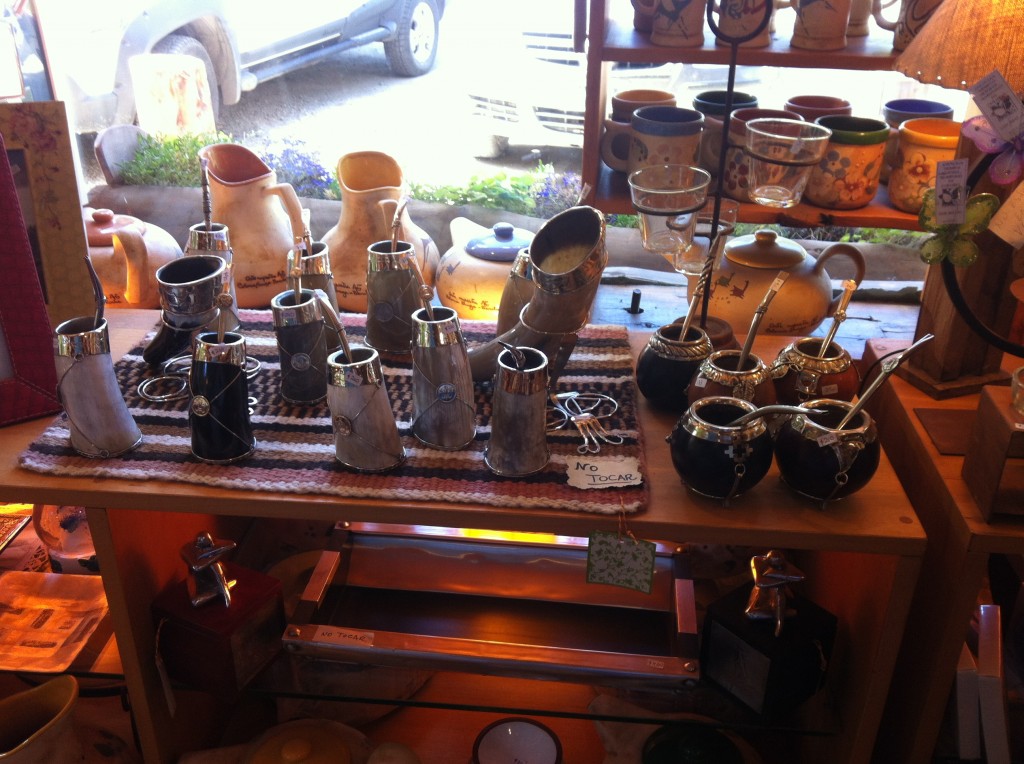
Before we drink, let’s back up a bit. Unlike tea leaves, Yerba is an evergreen shrub, a species of holly. It has been sipped for centuries by native populations of South America. Like tea, yerba is dried and cut into small pieces. It is then steeped in hot, but not boiling, water. The temperature is important. Boiling the water brings out the bitterness of the Yerba plant, a taste that most non-Argentinians probably wouldn’t like. Hot water – about 80°C – is perfect for enhancing the flavor of mate without “burning” the leaves.
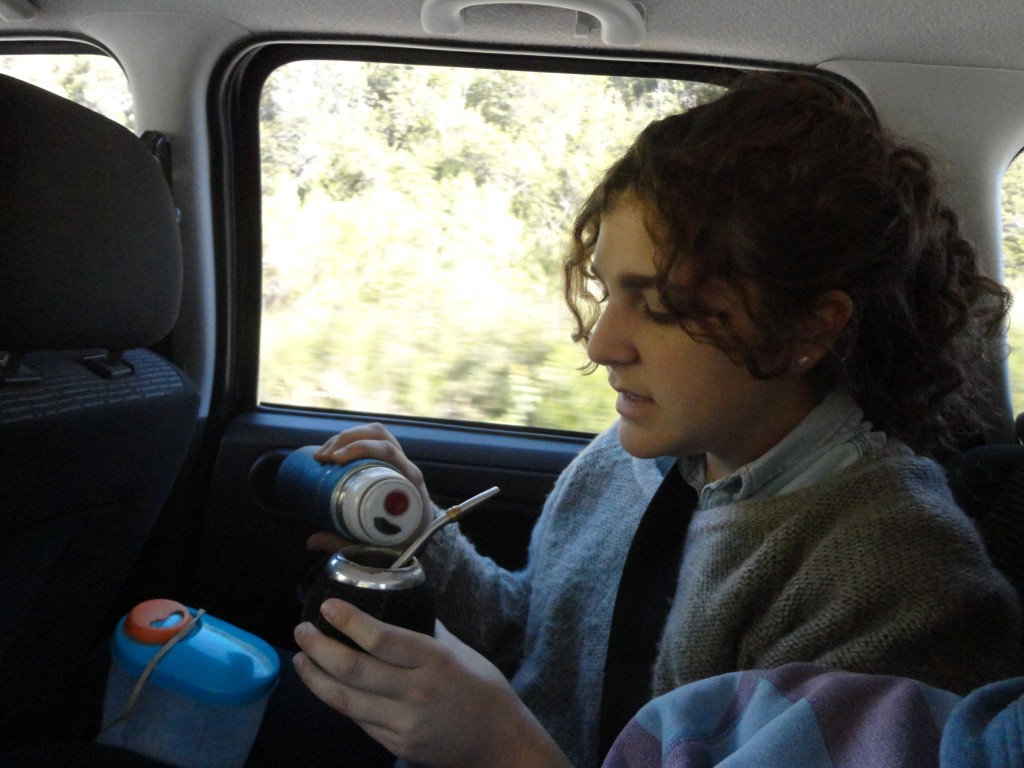
The social context of drinking mate is also important. Sharing mate is an act of hospitality. A single person takes on the responsibilities of the cebador (or cebadora), the preparer of the mate for that session. After drinking the first gourd-full or two, the cebador refills the gourd with water and passes it to the next person, who drinks it down fully. The gourd is returned to the cebador, who refills and passes to the next in line. The yerba leaves remain for each gourd-full, only the water is refilled each time. After each person gets their drink, the circuit repeats for as long as people want mate – or the hot water runs out.
If someone no longer wants any mate, they simply say gracias (thank you) when they hand back the gourd.
The drinking of mate is so ingrained in the Argentinian culture that travelers can be assured that any suitable establishment (restaurants, bars, even gas stations) will happily refill your mate thermos with the correct temperature water, for free. Naturally caffeinated, the mate was a welcome companion as we traveled nearly 3500 kilometers by car around Patagonia. More importantly, mate exemplified the friendships, old and new, forged on this trip. I’m looking forward to returning to see more of Argentina and South America. I thank my old friend Pablo and his two daughters for showing us such a wonderful time…and also for the best gift I could have asked for – a mate gourd and mate to take home.
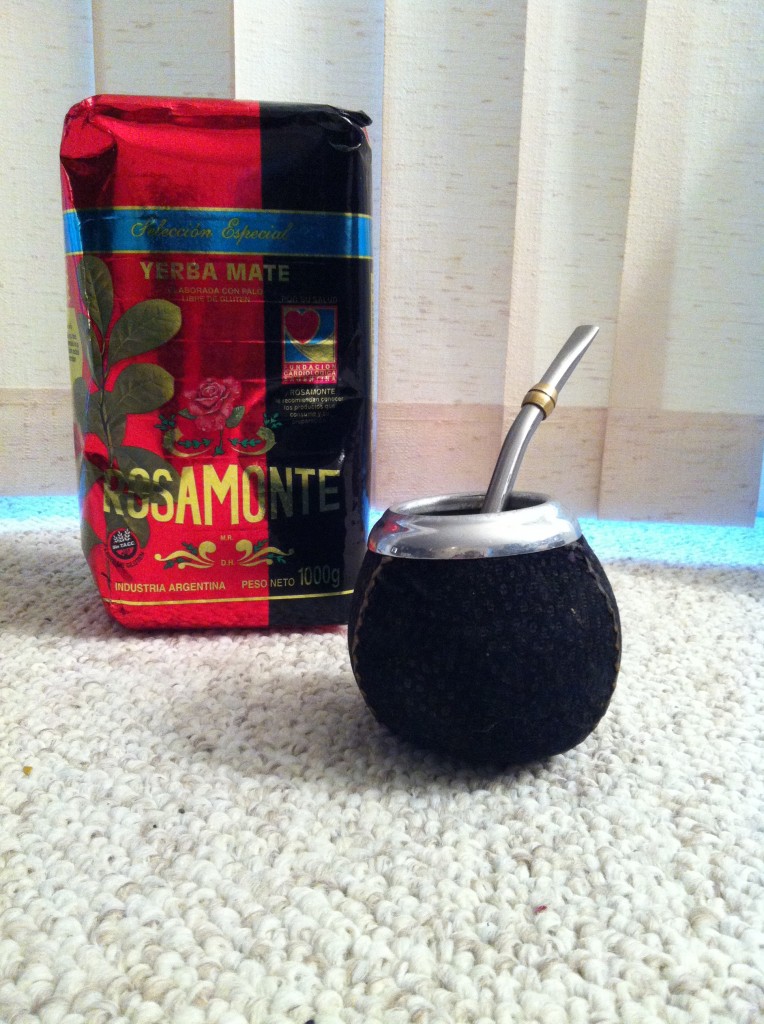
I’ll have much more on my Argentina adventure. If you missed them, check out my photos from the road here, here, here, and here.
More travel related posts here.
Check out my Goodreads author page. While you’re at it, “Like”my Facebook author page for more updates!
David J. Kent is an avid science traveler and the author of Lincoln: The Man Who Saved America, in Barnes and Noble stores now. His previous books include Tesla: The Wizard of Electricity (2013) and Edison: The Inventor of the Modern World (2016) and two e-books: Nikola Tesla: Renewable Energy Ahead of Its Time and Abraham Lincoln and Nikola Tesla: Connected by Fate.



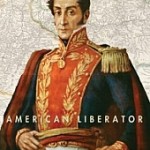 I recently received a copy of a new book and was asked to read it and write a book review. This is that review.
I recently received a copy of a new book and was asked to read it and write a book review. This is that review.






